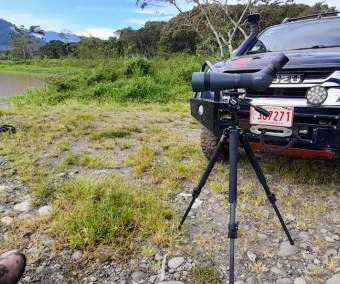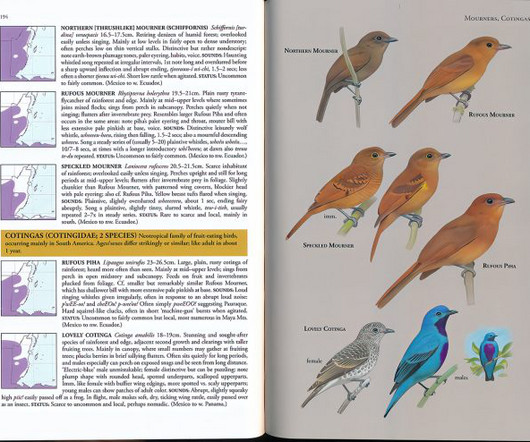Rancho Naturalista Lodge, Costa Rica, or in the Land of Coffee and Chocolate
10,000 Birds
DECEMBER 1, 2022
campus gardens – the Tropical Agricultural Research and Higher Education Centre, located 3 km east of the town of Turrialba. There was a Gartered Trogon right above me, and one cooperative Brown-throated Three-toed Sloth on a cecropia tree, raising its head to smile at us. A group (maybe 4-5 ex.)












Let's personalize your content